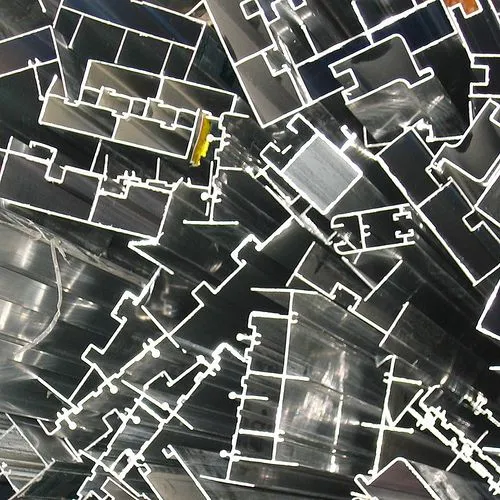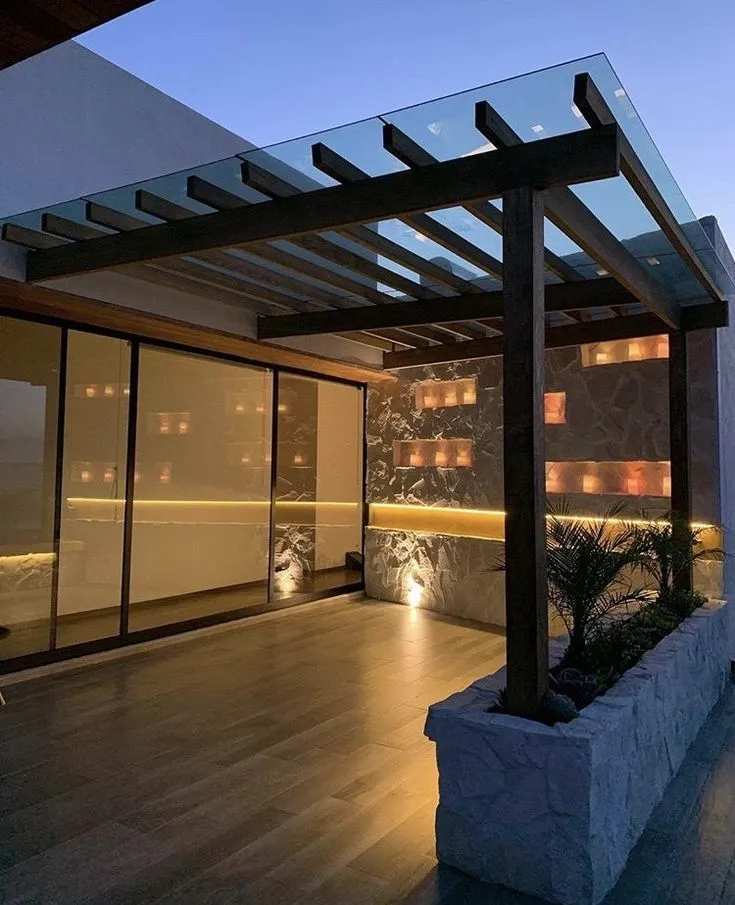- NEWS
- How is Aluminum Extrusion Made
How is Aluminum Extrusion Made
Aluminum extrusion is a highly efficient manufacturing process that allows for the creation of complex shapes from aluminum. This technique is essential in various industries, especially in construction applications such as building patio covers. The process transforms aluminum billets, often referred to as billet metal, into long, continuous profiles suitable for a wide range of uses. In this article, we will explore how aluminum extrusion is made, examining the steps involved and the materials used.
Understanding Aluminum Extrusion
Aluminum extrusion involves shaping aluminum by forcing it through a die with a specific cross-sectional profile. The result is a versatile product that can be cut into lengths tailored to various applications. The material's lightweight nature, combined with its strength and durability, makes it an ideal choice for many construction projects, including building patio covers.

The Aluminum Extrusion Process
1. Material Selection
The extrusion process begins with selecting the right alloy. Different aluminum alloys have unique properties that cater to specific applications. Alloys such as 6061 and 6063 are commonly chosen for their excellent mechanical properties and resistance to corrosion. These characteristics are especially beneficial in outdoor applications, like building patio covers, where exposure to the elements is a concern.
2. Preparing the Billet Metal
After selecting the appropriate alloy, the next step involves preparing the aluminum billets, which are cylindrical pieces of metal. These billets, often referred to as billet metal, are heated in an oven until they reach a malleable state, typically between 350°C and 500°C (662°F to 932°F). This heating process is crucial, as it allows the material to flow easily through the die during extrusion.
3. The Extrusion Process
Once the aluminum billets are adequately heated, they are placed into an extrusion press. In this stage, the heated billet metal is pushed through a die by a hydraulic ram. The die shapes the material into the desired profile. There are two main types of extrusion: direct and indirect. In direct extrusion, the ram pushes the billet directly through the die, while in indirect extrusion, the die moves toward the billet. Both methods effectively produce high-quality profiles.
The resulting extruded product can take many forms, including designs ideal for building patio covers. The ability to create complex profiles allows architects and builders to design structures that are both functional and aesthetically pleasing.
4. Cooling the Extruded Aluminum
After the extrusion, the profiles must be cooled to solidify and maintain their shape. Cooling can be done using air or water, depending on the desired properties of the final product. Rapid cooling can enhance strength, while slower cooling can improve ductility, which is essential for applications requiring flexibility.
5. Cutting and Finishing
Once cooled, the extruded profiles are cut to specified lengths. This process is typically done using saws or other cutting tools. Following the cutting, various finishing processes may be applied, such as anodizing, powder coating, or painting. These techniques improve the appearance and provide additional protection against corrosion, making them ideal for outdoor uses like building patio covers.

Advantages of Aluminum Extrusion
The extrusion process offers numerous advantages that make it a preferred choice in many industries. One primary benefit is the lightweight nature, which reduces transportation costs and simplifies installation. This characteristic is especially advantageous for building patio covers, enabling easier handling and assembly.
Another significant advantage is the ability to produce intricate shapes with high precision. This capability minimizes the need for additional machining, saving both time and resources.
Furthermore, its natural resistance to corrosion ensures that extruded products require minimal maintenance. This property is crucial for outdoor applications, where exposure to moisture and weather can lead to deterioration over time.
Applications of Aluminum Extrusion
Extruded aluminum finds application in various fields. In construction, it is commonly used for window frames, roofing systems, and notably, building patio covers. The versatility of these profiles allows for innovative designs that enhance the aesthetic appeal of outdoor spaces while providing functional benefits.
In the automotive sector, aluminum extrusion is used to create lightweight components that improve fuel efficiency. Similarly, the aerospace industry relies on it for producing aircraft parts due to the high strength-to-weight ratio.
Conclusion
The aluminum extrusion process is vital for creating a wide array of products across multiple industries. From selecting the right alloys to final finishing touches, each step is crucial in producing high-quality profiles. The lightweight, strong, and corrosion-resistant properties of aluminum make it an ideal material for applications like building patio covers and other outdoor structures. As technology continues to evolve, the importance of aluminum extrusion in manufacturing and construction will only grow, driving innovation and sustainable solutions in various sectors.
-
Facts about Aluminum in Windows and DoorsNewsApr.02,2025
-
How to Decorate a Pergola and Picnic Table?NewsMar.27,2025
-
How Long to Build a Glass Enclosure Sunroom?NewsMar.25,2025
-
Are Aluminum Windows Better Than Vinyl?NewsMar.20,2025
-
Maximize Your Outdoor: Modern Pergola IdeasNewsMar.18,2025
-
Bright Bites: A Sunroom Dining Area EscapeNewsMar.13,2025
-
Is Aluminum a Metal or Metalloid?NewsMar.11,2025











